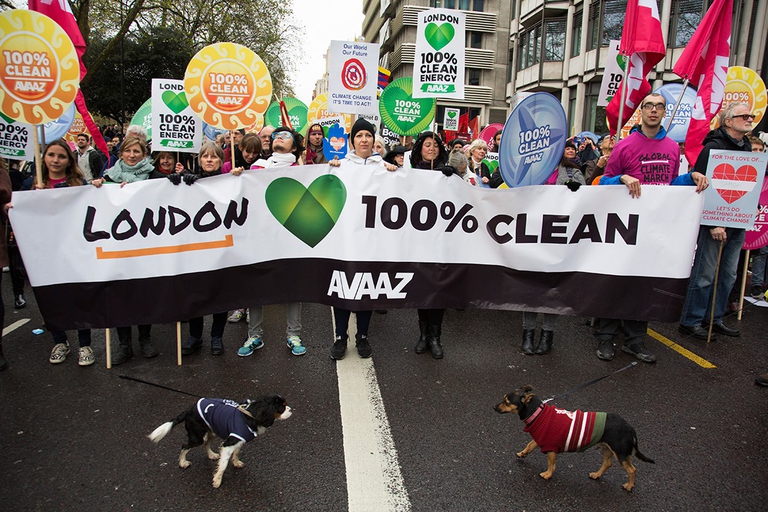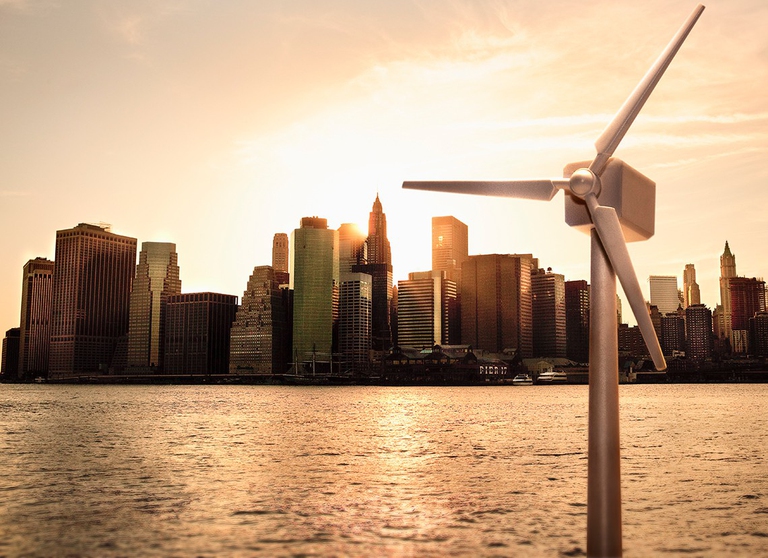
The 26th edition of the United Nations Climate Change Conference, COP26, will be held in Glasgow, Scotland in November 2020. The pre-COP will take place in Milan, Italy.
The Paris document is important because it is the collective work of 195 countries and the first climate deal that will include some form of action for virtually every nation on the planet. But it also leaves most of the hardest decisions and difficult actions for the future. The agreement does oblige wealthy, industrialised
The Paris document is important because it is the collective work of 195 countries and the first climate deal that will include some form of action for virtually every nation on the planet. But it also leaves most of the hardest decisions and difficult actions for the future.
The agreement does oblige wealthy, industrialised countries to provide at least $100 billion a year by 2020 to help poorer countries adapt to climate change and it outlines a framework for regular reviews aimed at reducing emissions over time. However each of these points will require extra work in order for them to be meaning.
“The agreement is part of a road through Paris, not one ending in Paris,” said Rodne Galicha of the Philippine environmental coalition Aksyon Klima. With regards to financial goals, for example, the established minimum amount per annum after 2020 is $100 billion, but specific goals for after that year must still be agreed on. The so-called “ratcheting mechanism” asks the Inter-governmental Panel on Climate Change (IPCC) to explore scenarios to keep warming to within specified limits by 2018, after which countries will be “requested” to revisit and strengthen their domestic commitments to confront climate change, taking into account new technologies and changing circumstances. There is nothing, however, that requires countries to do so.
For the “well below” 2 degrees Celsius goal, countries must still define what “well below” means, even though they must quickly start implementing the climate pledges submitted this year, known as Intended Nationally Determined Contributions (INDCs). These are expected to keep warming between 2.7 and 3.5 degrees, which means the 2-degree target remains within range.
What the agreement doesn’t include are targets relating to renewable energy after COP21. The word “energy” appears in the 32 pages of the Paris agreement and its related parts only three times, and on no occasion is it related to specific goals for energy use. Yet expert observers have said energy is the one issue that cuts across most of the goals laid out in the Paris deal.
“Countries shied away from agreeing to specific energy-related language in the text,” according to Alden Meyer of the Union of Concerned Scientists. “But there is no way to reach 2 degrees or most of the other goals without a dramatic increase in renewable energy use.”
In the wake of the Paris summit fossil fuel stocks, led by coal companies, sunk on fears that tough regulations will bring bad news. Renewable energy stocks, on the other hand, rose modestly.
“It’s fair to say the future will most likely be brighter for renewables and more difficult for traditional fuel companies based on what came out of Paris,” commented Javier Noriega, chief economist at Hildebrandt and Ferrar. “But that all depends on how countries follow through on Paris.”
Siamo anche su WhatsApp. Segui il canale ufficiale LifeGate per restare aggiornata, aggiornato sulle ultime notizie e sulle nostre attività.
![]()
Quest'opera è distribuita con Licenza Creative Commons Attribuzione - Non commerciale - Non opere derivate 4.0 Internazionale.
The 26th edition of the United Nations Climate Change Conference, COP26, will be held in Glasgow, Scotland in November 2020. The pre-COP will take place in Milan, Italy.
Thanks to activists, the voice of the world’s peoples resounded through the COP25 like an alarm bell. Governments didn’t reach the results they demanded, but their cries and messages were stronger than ever, reaching even those who weren’t in Madrid.
Climate change poses a risk for millions. However, women are the most vulnerable to its negative consequences: a few simple considerations by the Italian Climate Network help us perceive the global implications of this.
The COP25 ended two days late and with very few steps ahead made. Climate negotiations in 2020 will be an uphill battle as political will clearly seems to be lacking, once again.
The last ten years have been the most “exceptional” and hottest decade ever, with extreme weather hitting people and ecosystems harder and more frequently. 2019 is also on course to becoming the second or third hottest year since records began.
Unite Behind the Science: this was the title of the conference held at the COP25 on 10 December. Greta Thunberg’s presence filled the arena, but this time it was scientists’ turn to speak.
25,000 delegates meet for the COP25 from 2 to 13 December. What can we hope this UN climate change conference, whose venue was changed from Santiago de Chile to Madrid, will achieve?
100 eminent people from all over the world, including Vandana Shiva, Naomi Klein and Noam Chomsky, have signed an open letter after the disappointing results of the COP24. A call-to-arms for climate against world leaders’ indifference.
The outcome of the COP24 in Katowice left many unsatisfied. Greta Thunberg, a young Swedish environmental activist, gave a harsh, heartfelt speech addressing world leaders.









